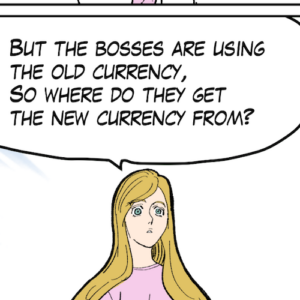RBA monetary policy decision represents a terminally broken policy model in Australia
Yesterday (November 7, 2023), the Reserve Bank of Australia raised its policy rate target for the 12th time since May 2022 by 0.25 points to 4.35 per cent. It was an unnecessary increase, just like the eleven increases that preceded it. And, from my perspective it represents a broken policy model. The RBA policies are transferring income and wealth from poor to rich at rates not seen before in this country. They are pretending that the inflationary episode is demand-driven (excessive spending) whereas the data shows that it remains a supply-side phenomenon and the major drivers will not fall as a result of interest rate increases. In fact, one of the major drivers – rents – are rising because of the interest rate rises – RBA is thus causing inflation. The RBA is systematically wiping out wealth at the bottom end and transferring to the top end. The cheer squad for these rate hikes are the wealthy shareholders of the major banks who are recording record profits. A broken model indeed.

